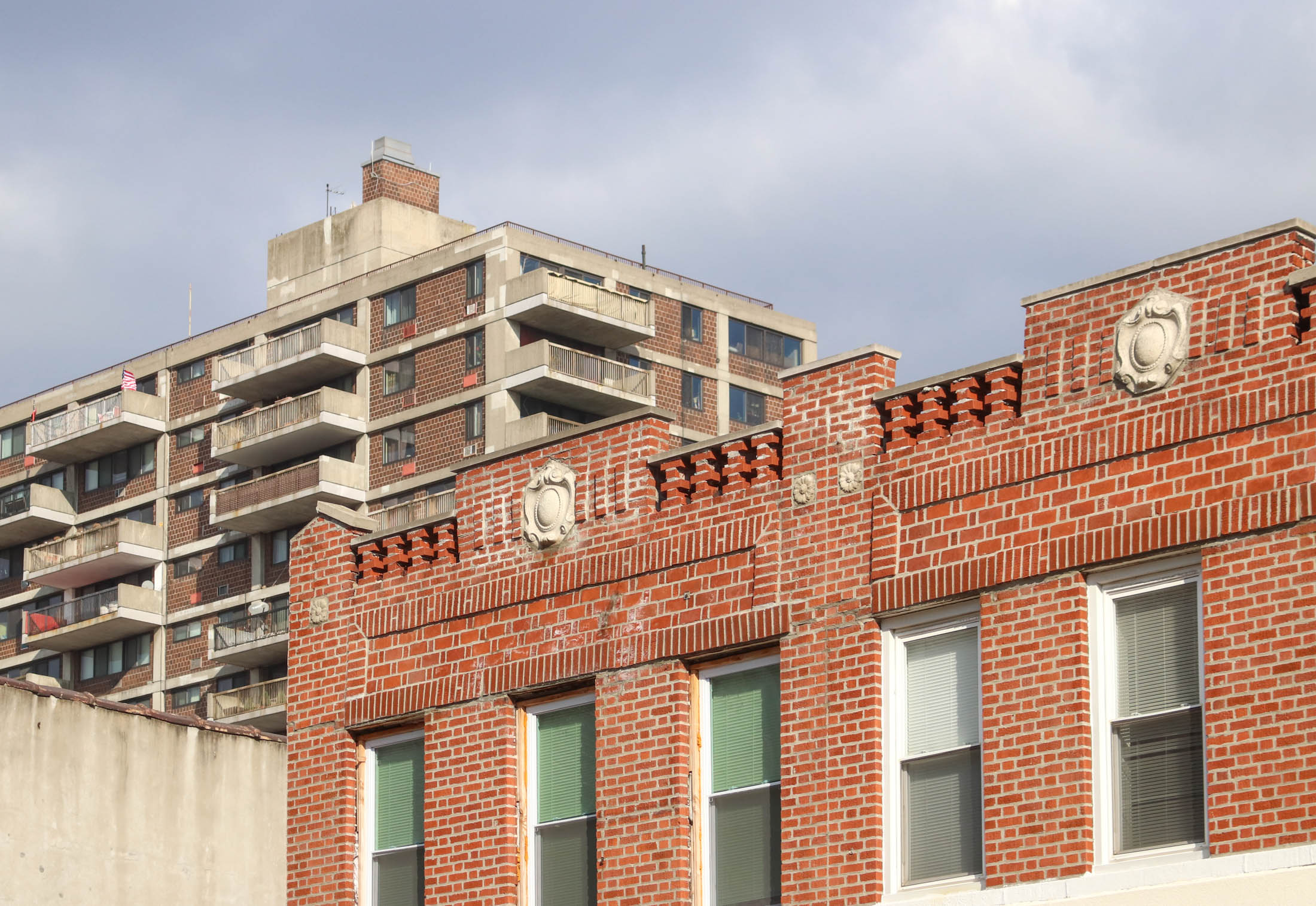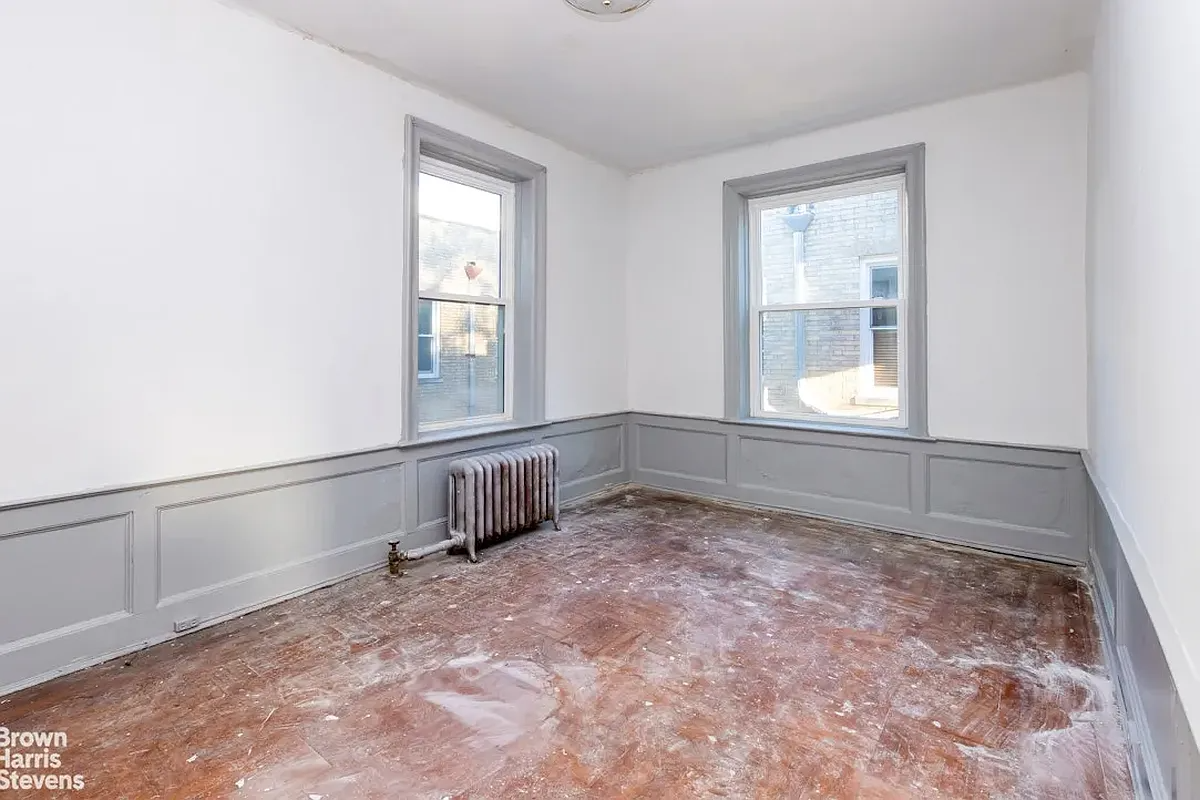An Open Letter to Fedders re: Fedders Houses
Think of this letter as a form of group therapy. A concerned Brooklyn resident writes an open letter to the president of Fedders, trying to convince the exec of the damage to his company’s image by being associated with the lowest form of architecture known to man: Seemingly profitably for FEDDERS, these buildings—ghastly in their…

 Think of this letter as a form of group therapy. A concerned Brooklyn resident writes an open letter to the president of Fedders, trying to convince the exec of the damage to his company’s image by being associated with the lowest form of architecture known to man:
Think of this letter as a form of group therapy. A concerned Brooklyn resident writes an open letter to the president of Fedders, trying to convince the exec of the damage to his company’s image by being associated with the lowest form of architecture known to man:
Seemingly profitably for FEDDERS, these buildings—ghastly in their plain-as-cardboard architecture from the get-go—require an air conditioning unit under every other window. Unfortunately, each FEDDERS air conditioner is giganticly emblazoned with the word FEDDERS across the public-facing side of the unit. So an unsightly edifice in the first place becomes [number of windows with FEDDERS air conditioners] times uglier. It’s about as repugnant as seeing the word FEDDERS boldly capitalized 29 times here in this letter. The net effect I describe is now commonly referred to as a FEDDERS House.
Letter to Fedders [Open Web Letter]





Let me throw something out there. I’m not taking side because I don’t know who’s right or not. Just remember that most working class housing is probably now long gone due to the fact that it was built so poorly.
I like my Fedders sleeve. With the AC unit in it doesn’t look so bad. Besides, I hate the heat.
If your family owned a home a 100 years ago then they were far from the definition of “working class” that most people use.
Developments like Parkchester were built and wildly successful precisely because the housing for Working people early in the last century were dreadful and rare exceptions aside, the notion (expressed above)that developers of poor/working class housing 100+ years ago built quality housing that showed respect for these people is just wrong.
FYI–my family’s been living in the same house for close to 100 years and we’ve never been wealthy–although, I suppose if we sold the house today, we would be. Homeless, but with some cash. Working class means people who have to work for a living, usually blue collar jobs, usually with minimal education. Sometimes, when times are rough, these guys qualify as poor. And they lived in houses in Brooklyn 100 years ago. Riis wrote about the abject poor, the most destitute. It’s like saying all the poor people live in the most run-down projects today. People with not much to spare do live in houses. It’s not a privilege reserved for rich out of towners. I know my NY history, I’ve lived it. These houses in this quiet but now quite expensive area were built for working people, not rich people–that’s why they were built with apartments and fewer whistles and bells than Park Slope. There used to be real economic diversity in many neighborhoods. My god, I had a grandfather grow up in Kensington with 13 siblings, a widowed mom, forced to quit school and start working at 11 and he wasn’t even the poorest kid he knew. Yet they lived in a house his parents had scrimped for years to buy. Come on. You’re the one needing a history lesson. Housing and its history are mighty complex.
Great, constructive comment, DO!
There is an apartment building built back in the 60’s on Herkimer St in Bed Stuy. They installed Fedders in wall units in each of the living rooms, below the windows. The answer to the asthetic issue was to put a terrace outside each of the living rooms that was about 4×8 with a separate door entrance. Voila! AC in the living room, without Fedders being seen from the street. Driving or walking by all you see is the outdoor terrace of each apartment on the front of the building. Apartments on the side and rear or the building (which looked out onto Atlantic Ave) had the air conditioners in the wall, but there was a limited sight view and my recollection was that at the time the building went up almost all of Atlantic was manufacturing or light industrial, thus the air conditioning covers didn’t mar any existing views.
Vast tracts of Brownstone Brooklyn, Kensington, Bay Ridge, and Flatbush, just to name a few had a solidly middle to upper class population one hundred years ago. These neighborhoods are hardly considered that today.
Yes Alfred Treadway White and a few other Brooklyn Developers built some decent housing for workers in the late 1800s but they were TINY exceptions and it wasnt until the “new” tenament laws were passed in the very eary 1900s that housing for working/poor could be considered even remotely decent (having A window, a private toilet, etc..)
Anon 12:22AM yes Jacob Riss wrote about tenaments – what in the hell did you think the poor/working people were forced to live in during that period? Do you think working people crowded in tenanments w/ no windows, little or no plumbing and unimaginable filth because their vVictorian detailed townhouses were being painted???
Your knowledge of this city’s history is frightening incorrect and I suggest you do a little bit of reading before you make more absurd statements.
Brownstones were mostly built for the middle class and wealthy, as they fled the stinking tenements of Manhattan.
Welcome to NYC, now learn your history.